Khabar Khair (Only Good News) – Abdul Jalil Al-Salami
The conflict that Yemen has been waging for more than 6 years has left an unprecedented humanitarian crisis, and caused material damage, destroyed the economy, and weakened institutions, prompting donors and humanitarian partners to adopt strategic frameworks to protect Yemenis from violence and secure food.
Funds for humanitarian response plans for Yemen adopted by the United Nations, from 2015 to the end of August 2021, amounted to more than 13 billion and 716 million dollars, which helped Yemen escape famine, according to data from the United Nations funding tracking website.
The attention of the international community was increasingly drawn to the humanitarian and catastrophic situation in Yemen, and humanitarian response plans became a humanitarian and life necessity, which was reflected in the increase in coverage rates for the requirements of humanitarian plans, to protect Yemenis.
The data of the United Nations Funding Tracking website, spotted by Khabar Khair (Only Good News) website, showed that the funds for the humanitarian response plans for Yemen in 2015 amounted to $885 million, $1.6 billion in 2016 and $1.753 billion in 2017, in addition to $2.51 billion. in 2018, and 3 billion and 635 million dollars in 2019.
While the funds of the Yemen Humanitarian Response Plan for the year 2020 reached to one billion and 998 million dollars, and the funds of the response plan for the year 2021, until the end of August, reached to one billion and 934 million dollars.
Humanitarian work in Yemen relied on a strategy aimed at confronting the humanitarian crisis in Yemen through coordination between specialized United Nations agencies and many countries and international organizations, with the aim of Yemenis receiving assistance in all areas including international humanitarian law and human rights law.
The objectives of humanitarian response plan for Yemen, coordinated between specialized United Nations agencies, many countries, and international organizations, include helping Yemenis reduce hunger, mitigate the spread of infectious diseases and epidemics, and enhance and preserve the dignity of displaced families.
Economists confirm that the bulk of funding was spent on emergency and relief humanitarian needs and interventions, and the implementation of humanitarian relief was close to the planned goals, although they varied from one sector to another.
Evaluation reports for Yemen’s humanitarian response plans indicate that 74% of the total funding went to four main sectors related to enhancing livelihoods and survival and providing various basic services.
According to the evaluation, delivery in healthy nutrition sector was 100%, and the average of beneficiaries during the past six years were approximately 125% of the total targets, and 102 percent were in water, hygiene, and sanitation sectors.
While the average of beneficiaries in education sector reached 88.5% of the total targets, 75% for the protection sector, and 65.2% for the food security and agriculture sector, while the emergency employment and community rehabilitation sector recorded the lowest delivery, with an average during the period of only 52% of the total targets.
Donors provide their money to support humanitarian action in Yemen to the United Nations without allocation, and the United Nations allocates and distributes it to its agencies and organizations operating in Yemen.
According to United Nations data, 267 organizations work under the framework of the activities and programs of the Humanitarian Response Plan in Yemen, including 10 United Nations agencies, 38 international non-governmental organizations (INGO), 206 national non-governmental organizations (NNGO) and 13 government agencies.
As a result of the continuing dire humanitarian situation arising from the public scene in Yemen in all its complexities, in addition to the natural disasters that the country has witnessed, the number of people in need of humanitarian aid has tended to increase from year to year.
Humanitarian aid is defined as “the aid provided to save people’s lives, alleviate their suffering, and preserve and protect human dignity during and in the aftermath of emergencies, and directed through the principles of humanity, neutrality, impartiality, and independence.”
Researcher Iman Sherian explained in her study “Assessment of the Humanitarian Situation in Yemen” that humanitarian action is characterized by numerous peculiarities: it bridges the gap to help the affected groups go back to normal, focuses on those most in need of help, provides protection and defends individuals, and moves from immediate solutions to Sustainable solutions, emanates from the human sensitivity.
Donor funding for Yemen provided to the United Nations within the humanitarian response plans in Yemen came from 40 countries and 41 donors, including international and Arab organizations and associations.
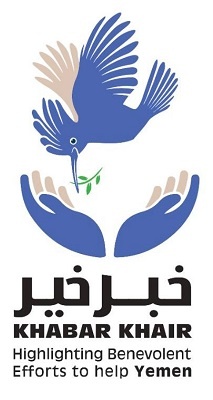
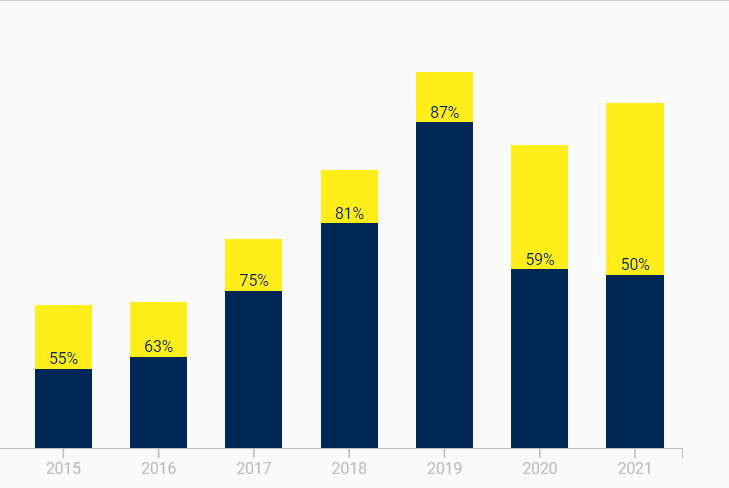
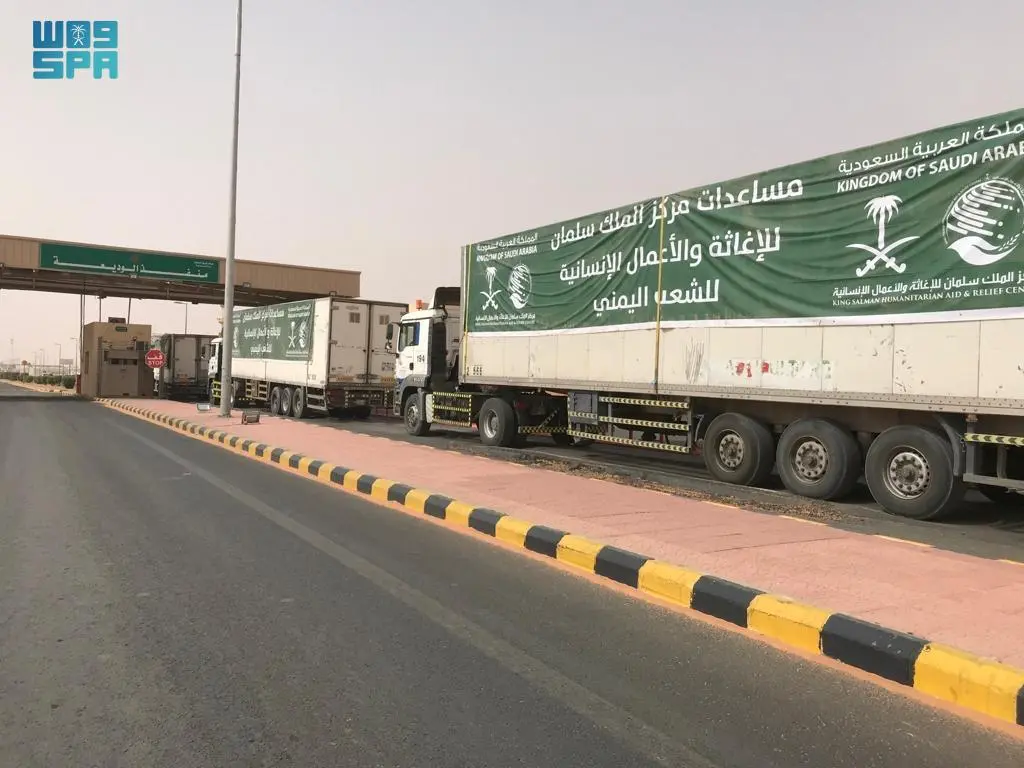



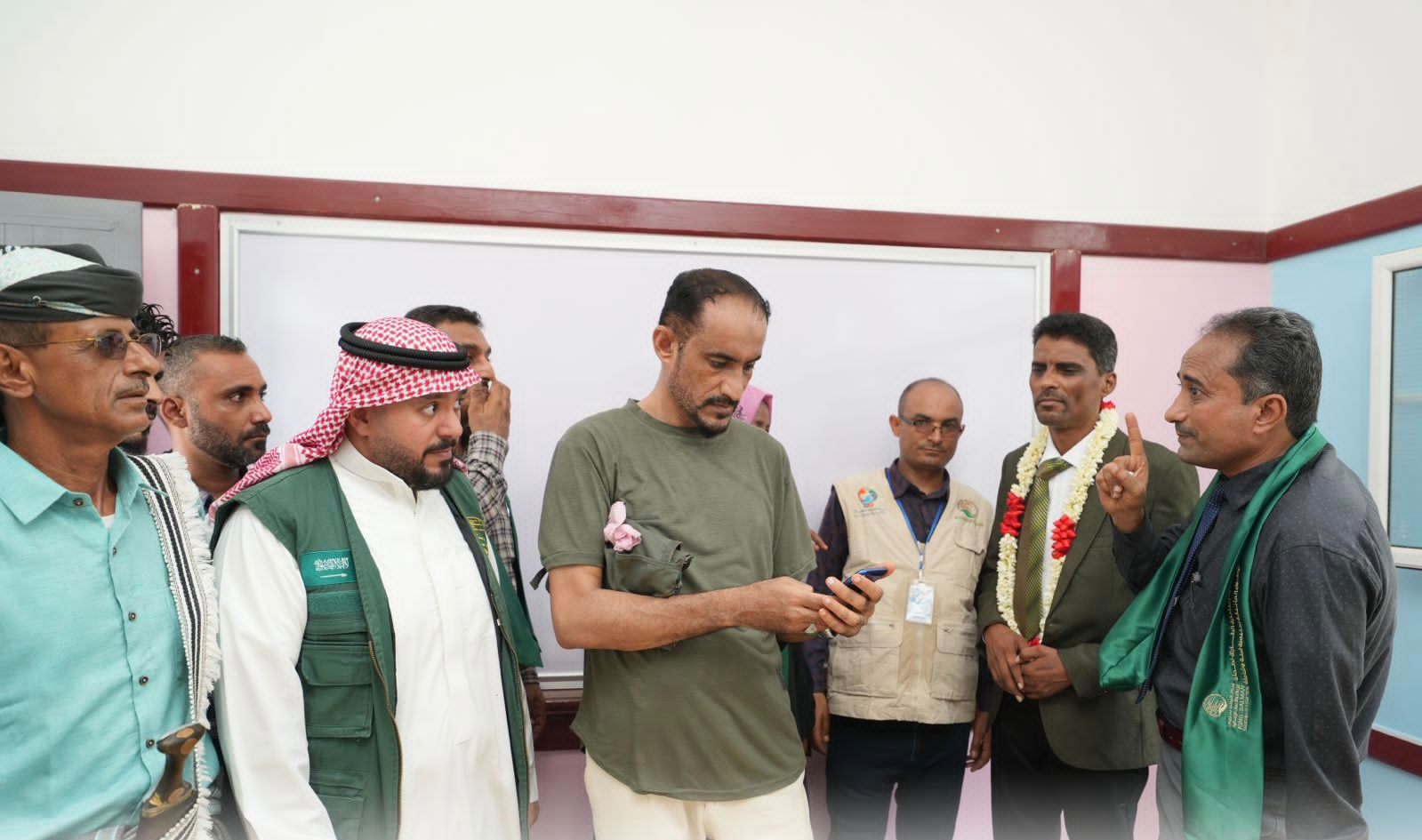
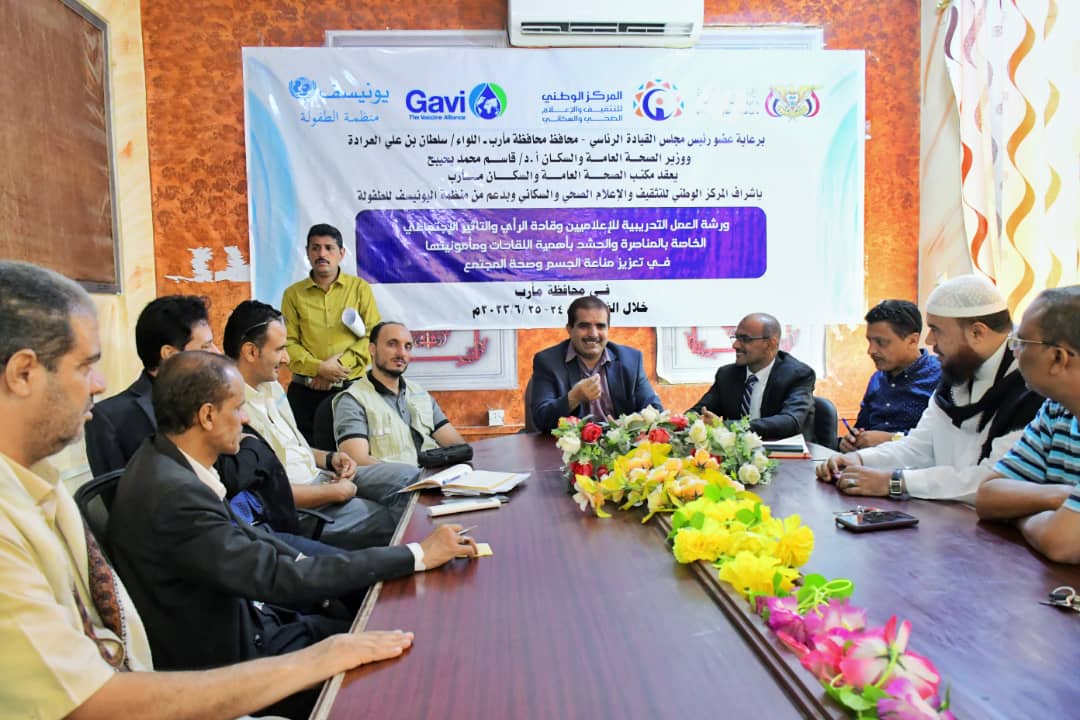
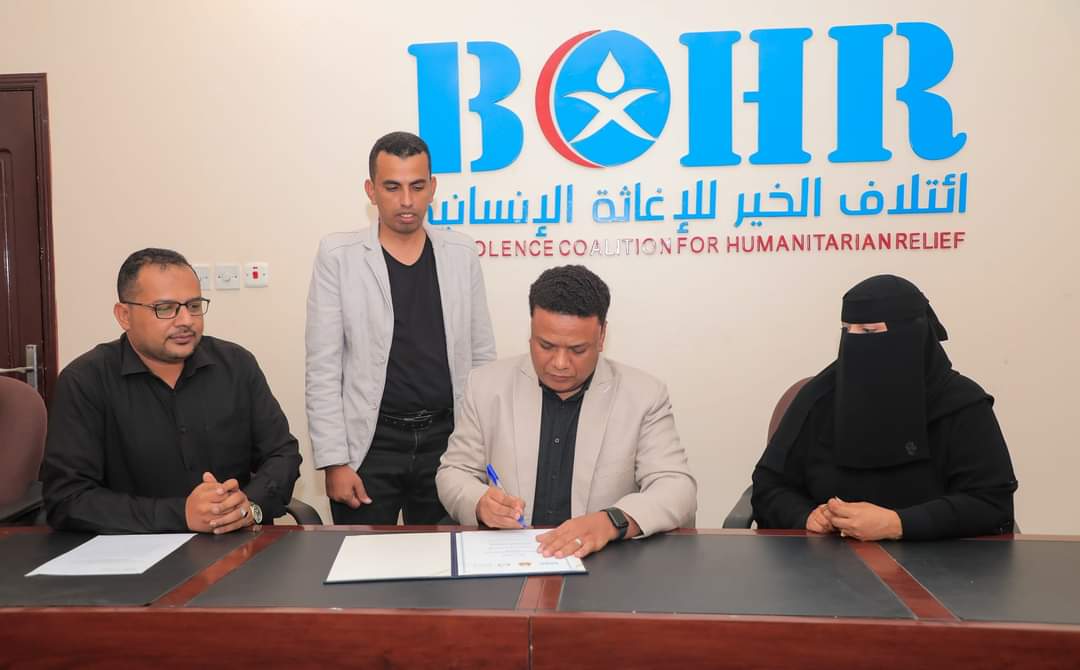

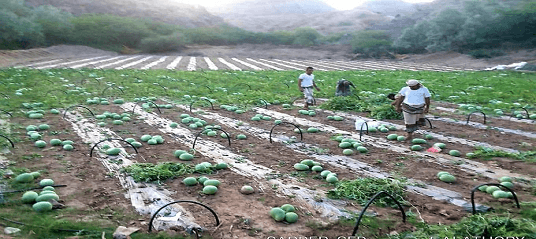

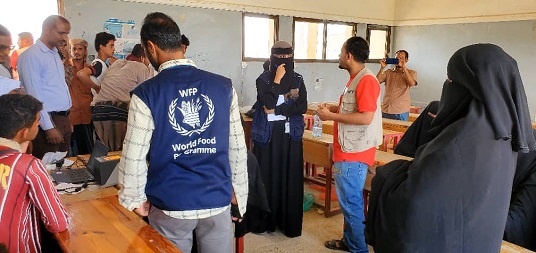
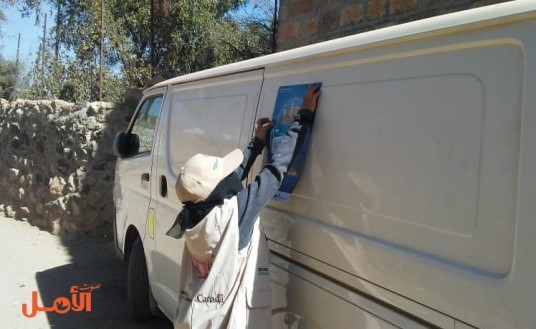
LEAVE A COMMENT